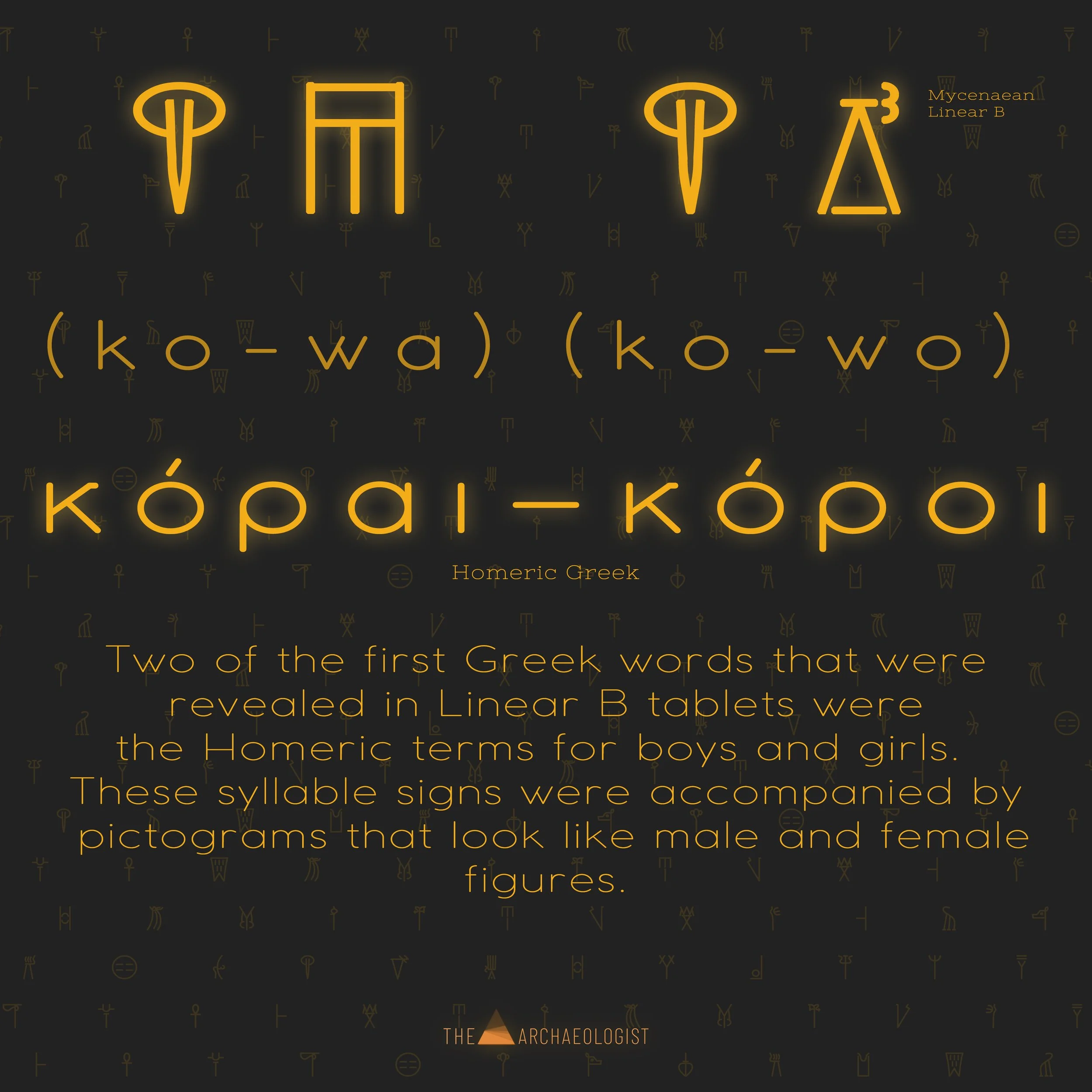The brilliant young British architect Michael Ventris deciphered the Mycenaean Linear B alphabet, adding seven centuries to Greek history.
On July 12, 2022, the world commemorated the birth of Michael Ventris, a brilliant British architect whose profound contributions to archaeology and linguistics extended the history of Greek civilization by seven centuries. Ventris's life and work are a testament to the power of interdisciplinary collaboration, perseverance, and the courage to challenge established paradigms.
Early Fascination with Ancient Languages and The Encounter with Linear B
Ventris's remarkable journey began at an early age. By the time he was just nine years old, he was already fluent in ancient Greek, Latin, French, German, and Polish. His linguistic prowess was a precursor to the groundbreaking discoveries he would later make in deciphering ancient scripts
At the age of 14, Ventris experienced his defining moment when he went to a Minoan art exhibition that Sir Arthur Evans, the renowned Knossos excavator, had organized. It was during this exhibition that he first encountered the enigmatic Linear B script, which would captivate his imagination. Linear B was distinct from the even older Linear A script, employing linear characters rather than hieroglyphs. Evans, a respected figure in the scientific community, proposed that Linear B was a separate language, not Greek.
The quest to understand Linear B became Ventris's obsession. Even amidst the chaos of World War II, Ventris enlisted in the Royal British Air Force, where his expertise in deciphering Nazi secret codes sharpened his analytical skills. It was during these tumultuous years that he made strides towards unraveling the mysteries of Linear B, often referred to as the "Everest" of archaeology.
Ventris's background as an architect, rather than an archaeologist or academic, offered him a unique advantage. He approached Linear B with clarity of thought and a willingness to take risks. In the end, his bold assumption that Linear B was a free-flowing Greek language would come to pass.
John Chadwick
John Chadwick (21 May 1920 – 24 November 1998) was an English linguist and classical scholar who was most notable for the decipherment, with Michael Ventris, of Linear B.
Collaboration with John Chadwick
To unlock the secrets of Linear B, Ventris sought the assistance of John Chadwick, a classical philologist at the University of Cambridge. John Chadwick, Ventris's collaborator, played a pivotal role in the decipherment of Linear B. His dedication to linguistics and philology contributed significantly to this groundbreaking achievement. Their collaboration led to the seminal work, "Documents in Mycenaean Greek," marking a turning point in their decipherment efforts. Ventris's determination and Chadwick's linguistic expertise were a formidable combination.
The Decipherment and Its Implications
Ventris successfully deciphered 65 of the 88 symbols of Linear B, formulated its fundamental orthographic rules, and unveiled the earliest Greek language, predating Homer by seven centuries. His achievement revolutionized our understanding of Greek history, pushing its recorded origins back to approximately 1450 BC during the Late Bronze Age.
🧒👧 'Ko-wa' (girls) – 'ko wo' (boys): Two of the first Greek words revealed in Linear B script by Ventris and Chadwick!
Revising the History of Greek Civilization
Ventris's work challenged established views about the Minoan Civilization, demonstrating that Crete was interconnected with the Mycenaean world during the period of the tablets. He also debunked the belief that Nestor's Cup was the earliest Greek text, revealing a more ancient history.
Michael Ventris's tragically short 34-year life left an indelible mark on the fields of archaeology, linguistics, and Greek history. His willingness to challenge conventional wisdom, combined with interdisciplinary collaboration, extended the timeline of Greek civilization by seven centuries. Ventris's legacy reminds us that curiosity, innovation, and perseverance can unlock the secrets of the past and reshape our understanding of human history.











